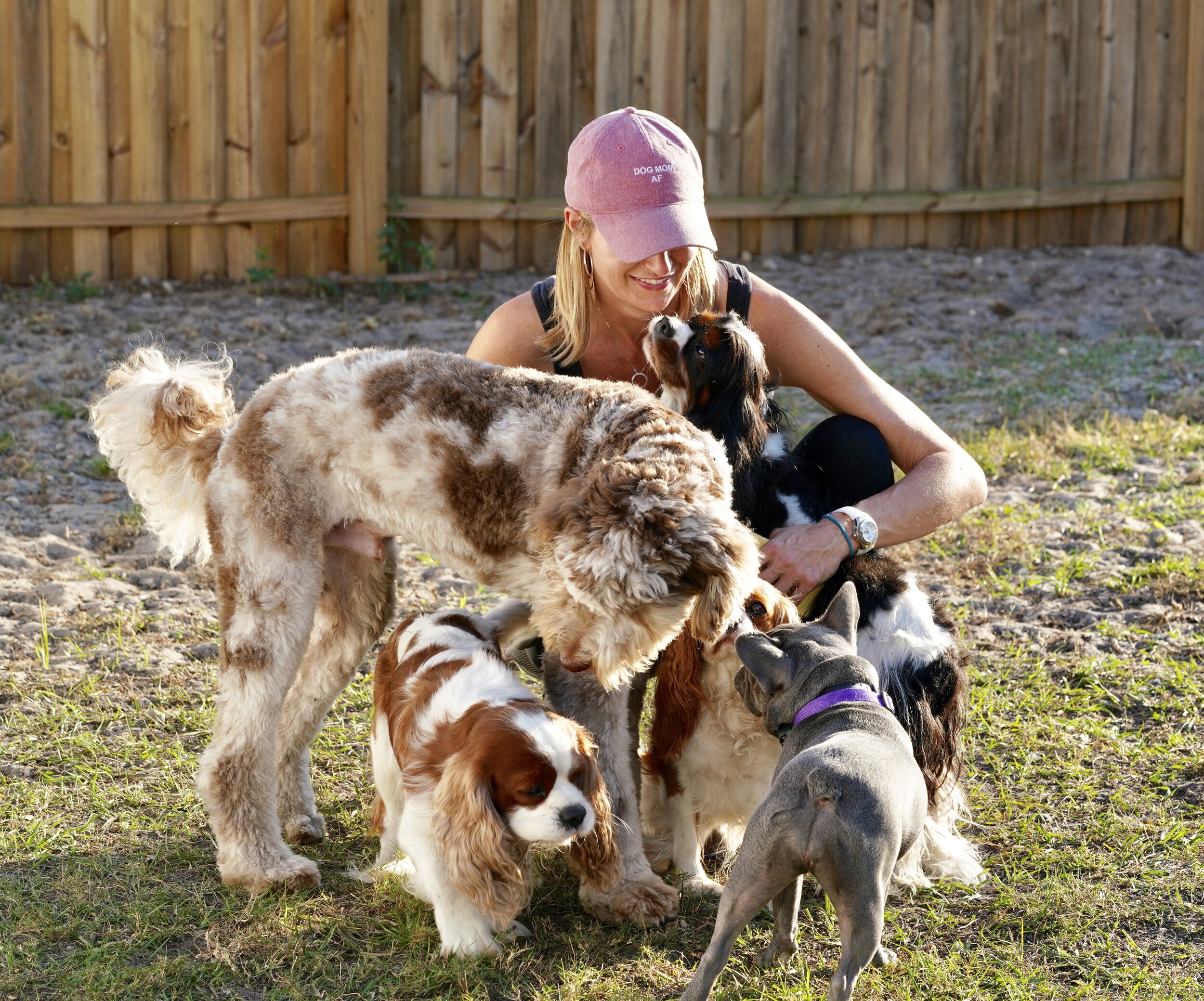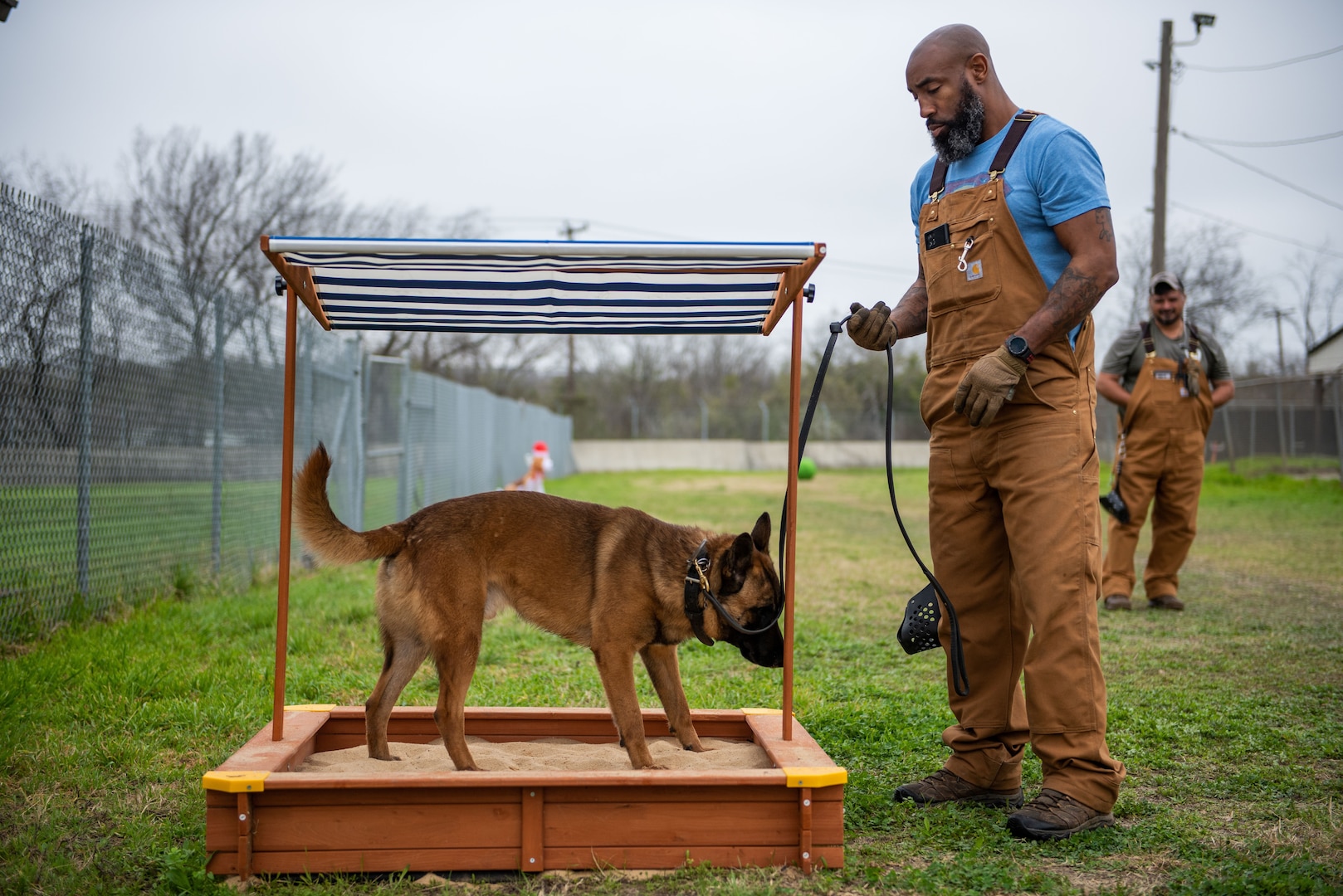Vital Canine Educating Tips for Raising a Well-Behaved Buddy
Efficient dog training is foundational to creating a well-behaved and harmonious buddy. Essential methods such as very early socializing, the facility of regular commands, and the application of positive support can significantly influence a pet dog's behavior and overall disposition. Furthermore, understanding canine actions is important for tailoring training methods that resonate with private pets. By fostering a participating setting amongst relative and adhering to a structured regimen, owners can boost their training initiatives. Yet, the intricacies of these techniques merit additionally expedition to fully value their effect on promoting a well-adjusted canine buddy.
Recognizing Dog Habits

In addition, socialization plays an important role in forming a pet's behavior. Direct exposure to various atmospheres, individuals, and various other pets aids pet dogs develop confidence and lowers the probability of fear-based reactions. Early socialization is specifically essential, as experiences during the essential development duration significantly influence a pet's long-lasting actions.
Furthermore, understanding the principles of finding out theory-- such as positive support, unfavorable support, and penalty-- can boost training performance. Pet dogs are more probable to duplicate behaviors that produce favorable end results. Consequently, using consistent, reward-based training methods fosters a relying on connection between the canine and its instructor.

Basic Commands to Instruct
Teaching basic commands is an important structure for efficient canine training and communication. Dog Training For Dogs. These commands not just aid establish a clear line of interaction between you and your dog, yet they additionally promote safety and security and excellent habits in different circumstances
Beginning with fundamental commands such as "Sit," "Remain," "Come," "Down," and "Heel." Each command offers a specific purpose; as an example, "Sit" can help soothe a thrilled dog, while "Come" is important for ensuring your dog returns to you when called.
When presenting a brand-new command, use a constant and clear tone. Constantly couple the spoken command with a hand signal to reinforce understanding. Technique in a quiet environment prior to gradually presenting disturbances. Progressively boost the duration and distance as your dog ends up being much more efficient.
Consistency is crucial; method commands everyday to reinforce understanding, and make sure all relative use the same commands to stay clear of confusion. Bear in mind that persistence is needed during this procedure, as different pets might find out at various paces. Establishing these standard commands advertises a harmonious connection and establishes the stage for advanced training in the future.
Positive Reinforcement Methods
Favorable support strategies are highly effective techniques for motivating wanted habits in dogs. This training method includes fulfilling your dog for showing actions you wish to reinforce, thereby enhancing the chance of those actions being duplicated. Rewards can take different forms, consisting of deals with, praise, or play, and need to be tailored to what inspires your dog most.
Timing is crucial in positive support. Incentives must be provided instantly after the desired habits strikes develop a clear organization. For instance, if you want your canine to sit on command, compensate them as quickly as they sit, guaranteeing they understand what activity is being reinforced.
Consistency is one more vital component. Dog Training For Dogs. Use the same commands and incentives each time to prevent complication. Progressively, you can phase out treats for more recurring incentives, such as spoken appreciation, to preserve the actions without relying upon constant external reinforcement
Additionally, it is essential to remain client and stay clear of penalty, as adverse reinforcement can bring about be afraid and anxiousness, eventually preventing training initiatives. By executing favorable reinforcement strategies, you will certainly promote a trusting relationship with your pet dog, resulting in a mannerly buddy.
Socializing and Communication
Socialization and interaction are essential elements of a canine's growth that enhance favorable support strategies. Early direct exposure to diverse settings, individuals, and other pets is essential for promoting a well-adjusted family pet. This process assists canines establish confidence and versatility, decreasing the probability of behavior problems such as concern or aggression.
Begin socializing throughout the vital developing window, usually between three and fourteen weeks of age. Present your young puppy to different stimuli, including various sounds, views, and textures. Enlist in young puppy courses or prepare monitored playdates with other pets to urge positive interactions.
As dogs expand, remain to expose them to varied experiences. Activities such as check outs to parks, pet-friendly stores, or neighborhood events can enhance their social abilities and comfort levels in unfamiliar settings.
Constantly check communications to ensure they are positive and stress-free. If your pet dog displays indications of anxiousness or aggressiveness, steadly redirect them and permit gradual direct exposure at a comfortable rate. Through consistent socialization and interaction, you prepared for a well balanced, well-behaved companion capable of thriving in diverse social scenarios.
Consistency in Training
Establishing uniformity in training is necessary for reliable communication in between a pet dog and its proprietor. Pet dogs thrive on clear and routine assumptions, which helps them comprehend what habits is desired.
Uniformity also expands beyond commands; it incorporates the guidelines developed within the household. As an example, if a pet dog is not allowed on the furnishings, this rule needs to be imposed in Read More Here all times. Combined signals can cause behavior problems, as the pet may end up being unclear about what is acceptable.
Moreover, all household participants need to get on the same page relating to training techniques and commands. The pet might end up being disoriented and distressed. if one individual rewards a habits while an additional reprimands it.
Conclusion
To conclude, applying necessary pet training ideas fosters a well-behaved friend. Early socializing, consistent commands, and positive support are crucial elements that add to reliable training. Developing clear interaction and preserving a regular enhances the pet's understanding of assumptions, while perseverance ensures long-term success. Ultimately, these techniques grow a relying on partnership in between the pet dog and its family, advertising an unified living setting and a well-adjusted canine friend (Dog Training For Dogs).
Necessary techniques such as very early socializing, the establishment of regular Check Out Your URL commands, and the application of positive support can substantially influence a pet's habits and overall personality. Recognizing canine behavior is crucial for customizing training try these out methods that reverberate with individual pets.Comprehending canine actions is necessary for effective pet dog training. Canines are extra most likely to duplicate actions that generate positive end results.Positive support techniques are highly effective methods for encouraging wanted behaviors in dogs.